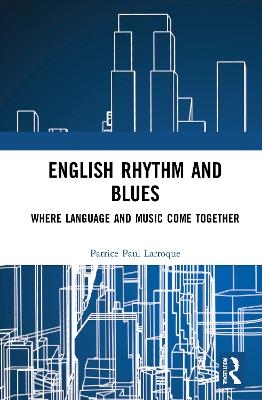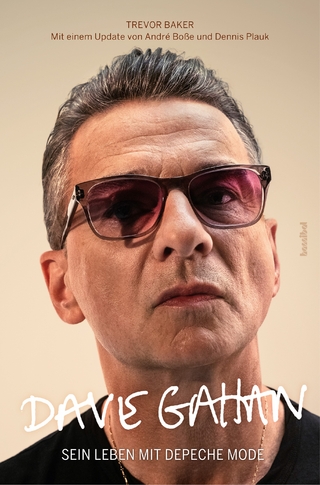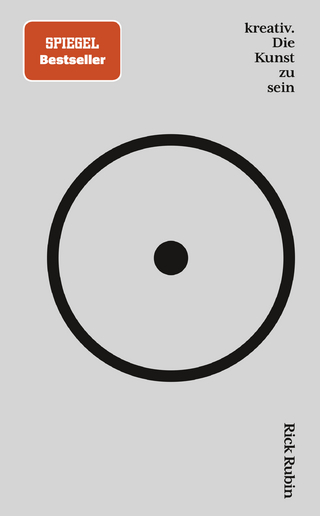
English Rhythm and Blues
Where Language and Music Come Together
Seiten
2021
Routledge (Verlag)
978-1-032-03721-9 (ISBN)
Routledge (Verlag)
978-1-032-03721-9 (ISBN)
Patrice Larroque hypothesizes that early blues singers may have been influenced by the trochaic rhythm of English. This book suggests investigating the rhythm of English and the rhythm of blues in order to show how the linguistic rhythm of a culture can be reflected in the rhythm of its music.
Patrice Larroque hypothesizes that early blues singers may have been influenced by the trochaic rhythm of English. English is stressed and timed, which means that there is a regular beat to the language, just like there is a beat in a blues song. This regular beat falls on important words in the sentence and unimportant ones do not get stressed. They are “squeezed” between the salient words to keep the rhythm. The apparent contradiction between the fundamentally trochaic rhythm of spoken English and the syncopated ternary rhythm of blues may be resolved as the stressed syllables of the trochee (a stressed-unstressed sequence) is naturally lengthened and assumes the role of one strongly and one weakly stressed syllable in a ternary rhythm. The book suggests investigating the rhythm of English and the rhythm of blues in order to show how the linguistic rhythm of a culture can be reflected in the rhythm of its music.
Patrice Larroque hypothesizes that early blues singers may have been influenced by the trochaic rhythm of English. English is stressed and timed, which means that there is a regular beat to the language, just like there is a beat in a blues song. This regular beat falls on important words in the sentence and unimportant ones do not get stressed. They are “squeezed” between the salient words to keep the rhythm. The apparent contradiction between the fundamentally trochaic rhythm of spoken English and the syncopated ternary rhythm of blues may be resolved as the stressed syllables of the trochee (a stressed-unstressed sequence) is naturally lengthened and assumes the role of one strongly and one weakly stressed syllable in a ternary rhythm. The book suggests investigating the rhythm of English and the rhythm of blues in order to show how the linguistic rhythm of a culture can be reflected in the rhythm of its music.
Patrice Larroque is Professor of English Linguistics and Translation Studies, Université Jean Jaurès, Toulouse, France.
Introduction
Part 1: Linguistic Rythm
Chapter 1: In the beginning is the word
Chapter 2: The Rhythm of English
Chapter 3: The music of English
Part 2: Blues Music
Chapter 1: Origins and definition
Chapter 2: The composition of blues
Chapter3: Restoring the rhythm
Chapter 4: The language in relation to blues music
General conclusion: Linguistic and musical evolution
References
| Erscheinungsdatum | 20.09.2021 |
|---|---|
| Zusatzinfo | 2 Line drawings, black and white; 24 Halftones, black and white; 26 Illustrations, black and white |
| Verlagsort | London |
| Sprache | englisch |
| Maße | 156 x 234 mm |
| Gewicht | 435 g |
| Themenwelt | Kunst / Musik / Theater ► Musik ► Pop / Rock |
| Schulbuch / Wörterbuch ► Wörterbuch / Fremdsprachen | |
| Geisteswissenschaften ► Sprach- / Literaturwissenschaft ► Anglistik / Amerikanistik | |
| Geisteswissenschaften ► Sprach- / Literaturwissenschaft ► Literaturwissenschaft | |
| Geisteswissenschaften ► Sprach- / Literaturwissenschaft ► Sprachwissenschaft | |
| Sozialwissenschaften | |
| ISBN-10 | 1-032-03721-0 / 1032037210 |
| ISBN-13 | 978-1-032-03721-9 / 9781032037219 |
| Zustand | Neuware |
| Informationen gemäß Produktsicherheitsverordnung (GPSR) | |
| Haben Sie eine Frage zum Produkt? |
Mehr entdecken
aus dem Bereich
aus dem Bereich


